
Send your inquiry: sales@cncdsteel.com

Send your inquiry: sales@cncdsteel.com
316 stainless steel plate characteristics: because of the addition of Mo, so its corrosion resistance, atmospheric corrosion resistance and high temperature strength is particularly good, can be used under harsh conditions; Excellent work hardening (no magnetic); Excellent high temperature strength; The solution state is not magnetic; Cold rolled product appearance gloss is good, beautiful; Relative to 304 stainless steel, the price is higher.316 stainless steel due to the add…
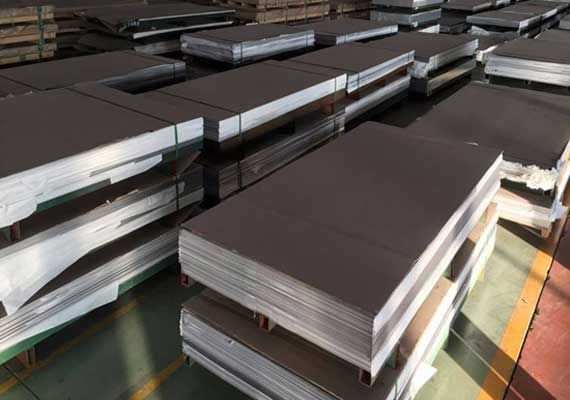

Stainless Steel Sheet
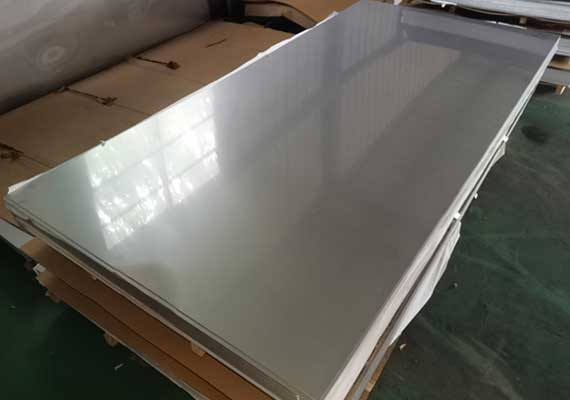
Stainless Steel Sheet
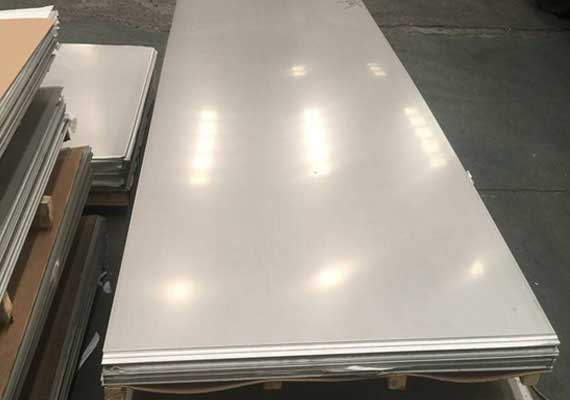
Stainless Steel Sheet
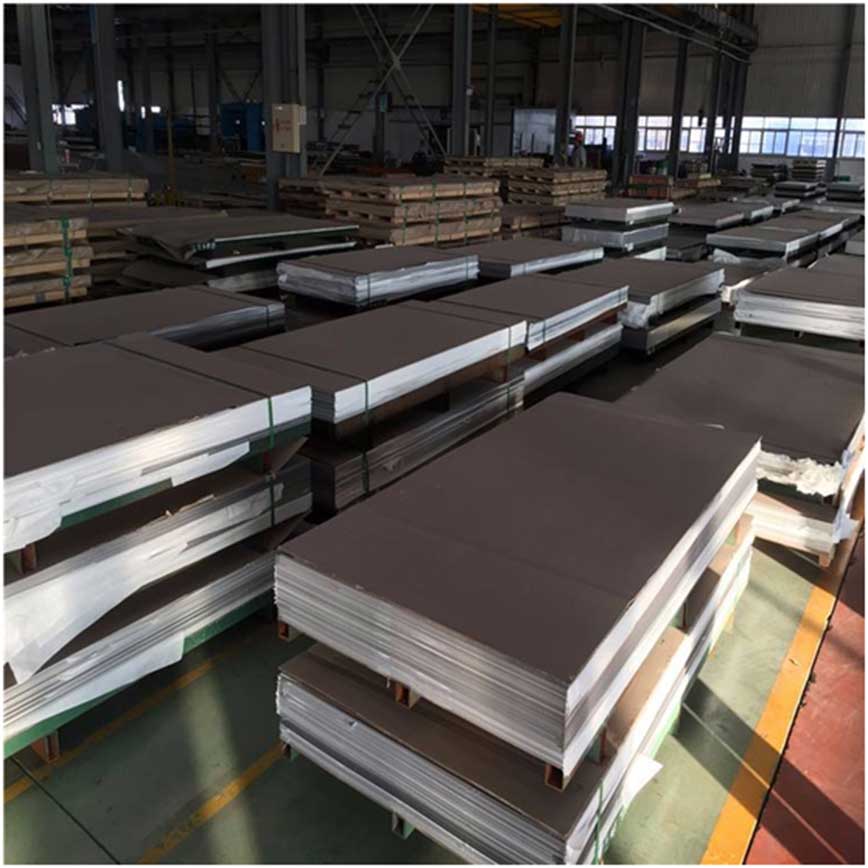
316 stainless steel plate characteristics: because of the addition of Mo, so its corrosion resistance, atmospheric corrosion resistance and high temperature strength is particularly good, can be used under harsh conditions; Excellent work hardening (no magnetic); Excellent high temperature strength; The solution state is not magnetic; Cold rolled product appearance gloss is good, beautiful; Relative to 304 stainless steel, the price is higher.
316 stainless steel due to the addition of Mo element, so that its corrosion resistance, and high temperature strength has been greatly improved, high temperature resistance can reach 1200-1300 degrees, can be used under harsh conditions.
Uses: seawater equipment, chemical, dye, paper making, oxalic acid, fertilizer and other production equipment; Photography, food industry, coastal facilities, ropes, CD bars, bolts, nuts.
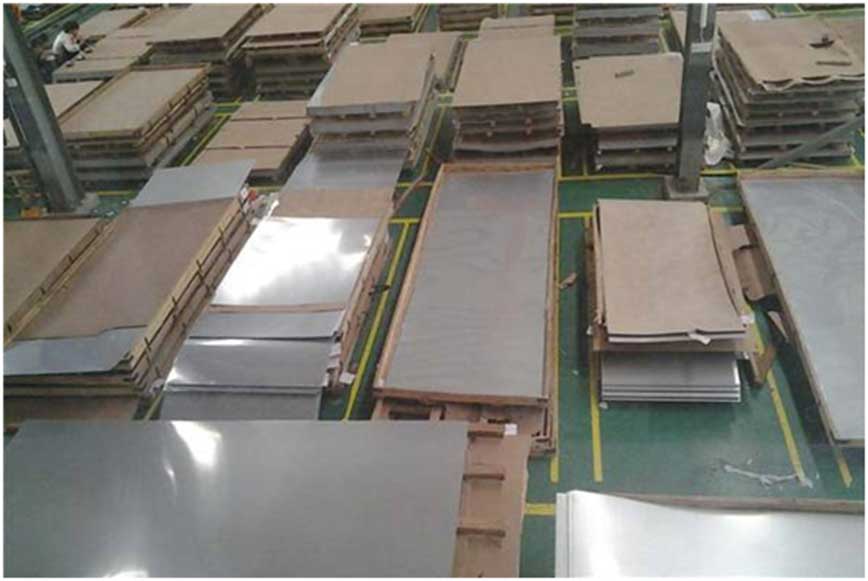
The surface is beautiful and the use possibility is diversified
Good corrosion resistance, durable than ordinary steel
Good corrosion resistance
High strength, so the possibility of use of thin plate
High temperature oxidation resistance and high strength, so it can resist fire
Normal temperature processing, that is, easy plastic processing
Because do not need surface treatment, so simple, simple maintenance
Clean, high finish
Good welding performance
Quality characteristics
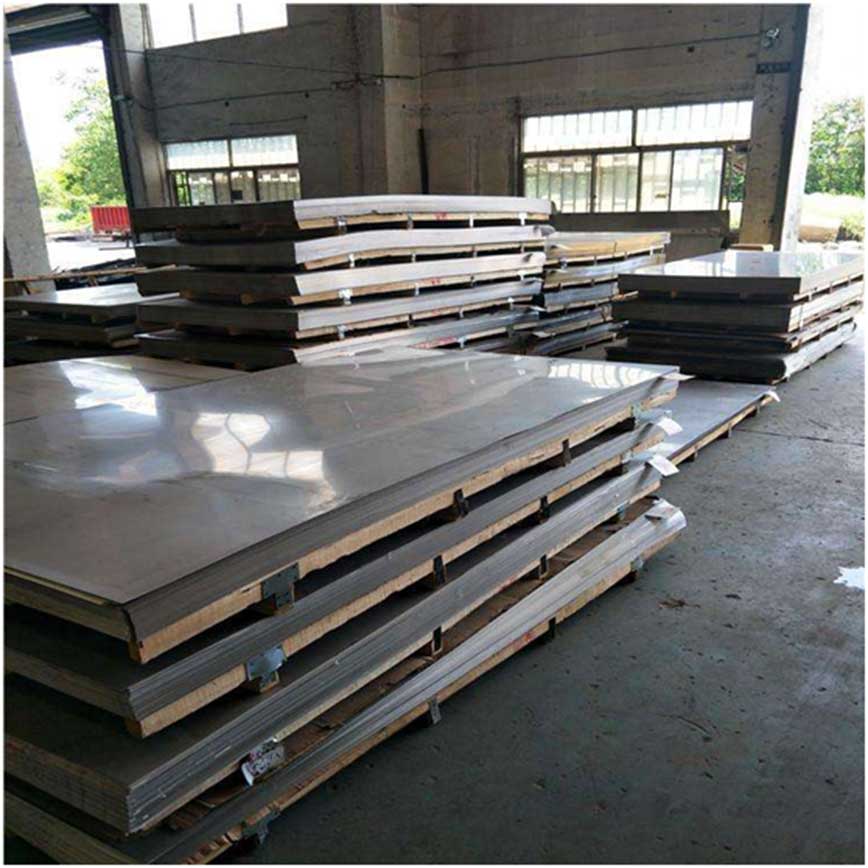
300 Series -- Chromium-nickel austenitic stainless steel Model 301 -- is malleable and used for molding products. It can also be quickly hardened by mechanical processing. Good weldability. The wear resistance and fatigue strength are better than 304 stainless steel. Model 302 -- Corrosion resistance is the same as 304, with better strength due to relatively high carbon content. Model 303 - Easier to machined than 304 by adding a small amount of sulfur and phosphorus. Model 304 - General model; So 18/8 stainless steel. The GB brand is 0Cr18Ni9. Model 309 -- Better temperature resistance than 304. Type 316 -- the second most widely used steel after 304, used in the food industry and surgical equipment, has molybdenum added to give it a special structure that is resistant to corrosion. It is also used as "Marine steel" because of its better resistance to chloride corrosion than 304. SS316 is usually used in nuclear fuel reprocessing units. Grade 18/10 stainless steel is also usually qualified for this application class. [1] Model 321 -- Similar to 304 except that titanium is added to reduce the risk of weld corrosion.
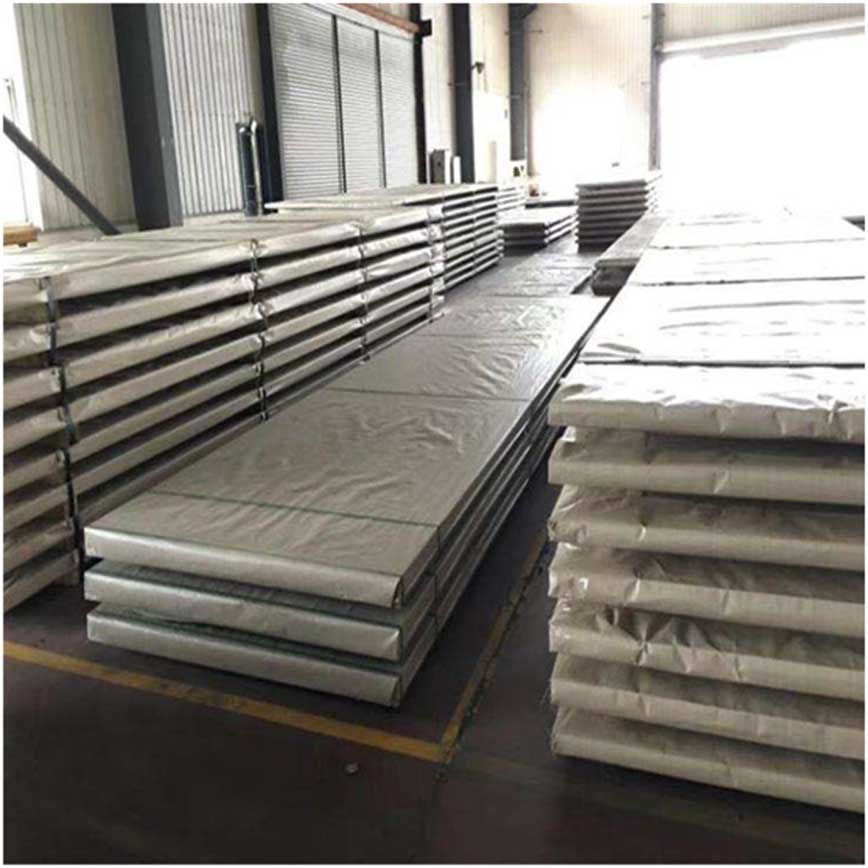
Products are widely used in construction, machinery, coal mining, chemical industry, electric power, railway vehicles, automobile industry, highways, bridges, containers, sports facilities, agricultural machinery, petroleum machinery, prospecting machinery, greenhouse construction and other manufacturing industries
The corrosion resistance of stainless steel coils decreases as the carbon content increases. Therefore, the carbon content of most stainless steels is low, up to 1.2%, and some steels have a low ωC (carbon content) of even less than 0.03% (such as 00Cr12). The main alloying element in stainless steel coil is Cr (chromium). Only when the Cr content reaches a certain value, the steel has corrosion resistance. Therefore, the goods Cr (chromium) content of at least 10.5%. Stainless steel coil also contains Ni, Ti, Mn, N, Nb, Mo, Si, Cu and other elements.
Most of the requirements for use are to maintain the original appearance of the building for a long time. In determining which type of goods to choose, the main considerations are the required aesthetic standards, the corrosiveness of the local atmosphere and the cleaning system to be used. However, other applications are increasingly seeking structural integrity or impermeability. Examples include roofs and sidewalls of industrial buildings. In these applications, construction cost to the owner may be more important than aesthetics, and the surface may not be very clean. The use of 304 stainless steel coils in dry interior environments is quite effective.
Weldability. Different product uses have different requirements for weldability. A class of tableware generally does not require weldability, even including some cookware companies. However, most products require raw materials with good weldability, such as second-class tableware, insulation cups, steel pipes, water heaters, water dispensers, etc.
Corrosion resistance. Most stainless steel coil products require good corrosion resistance, such as Class I or Class II tableware, kitchen utensils, water heaters, water dispensers, etc.
Polishing performance. In today’s society, stainless steel coil products in the production process are generally polished, only a few products such as water heaters, drinking fountains, etc. do not need to be polished. Therefore, this requires raw materials with good polishing performance.
1. The need for pre-treatment
Pretreatment is an important treatment step before the surface of
stainless steel coil parts enter surface treatment (including pickling,
chemical polishing and electrochemical polishing, electroplating,
passivation, black coating, coloring, chemical treatment, etc.). During
the forming process of goods parts, the surface may adhere to oil
stains, burrs, rough surfaces and oxides. Therefore, before surface
treatment, oil stains, burrs, uneven surfaces and oxides must be removed
in order to obtain subsequent satisfactory results through processing.
2. Treatment of removed dirt
Stainless steel coil surface pretreatment in the need to remove the dirt
can be divided into two categories: organic and inorganic substances.
(1) organic dirt. Including mineral oil (such as diesel, oil, paraffin,
gypsum, etc.) and animal oil, vegetable oil (such as soybean oil,
camellia oil, rapeseed oil, lard, butter, etc.). These oils are mainly
from the stainless steel coil zero cattle processing process used in the
lubricant. , cutting oil, quenching oil, polishing paste and polishing
paste, and fingerprints.
(2) Inorganic dirt. Including dirt, dust particles, oxides and other
contaminants generated during the heat treatment process.
3. Pretreatment steps for stainless steel coil parts
(1) The surface is mechanically leveled. Eliminate the roughness of the
stainless steel coil surface, through mechanical polishing and grinding
to achieve a surface finish.
(2) Degreasing. Remove the surface oil and dirt.
(3) Acid washing. Remove the oxides on the surface.
(4) Weak corrosion. Activates the surface to be treated, removes the
surface passivation film, and exposes the metal crystal structure.
Stainless steel is a high-alloy steel, with a large resistance to rolling deformation. In order to carry out high-efficiency and high-precision rolling, rigid rolling mills should be used, generally multi-roller cold rolling mill.
Special welding process is also a feature of cold-rolled stainless steel coil production.
In the production process of cold rolled stainless steel coil, the raw material (hot rolled coil) should be annealed, intermediate annealing should be carried out in the cold rolling process, and the final product should be annealed, so annealing is an important part of the production.
Cold-rolled stainless steel is a high-grade steel products, there are strict requirements for surface quality. Not only are metallurgical defects caused by the previous process not allowed, but also obvious defects caused by the cold rolling process.
Send your inquiry / assessment to Us. Anything need us ,please don’t hesitate contact us here! we will keep it secret for you !

Send your inquiry / assessment to Us. Anything need us ,please don’t hesitate contact us here! we will keep it secret for you !
